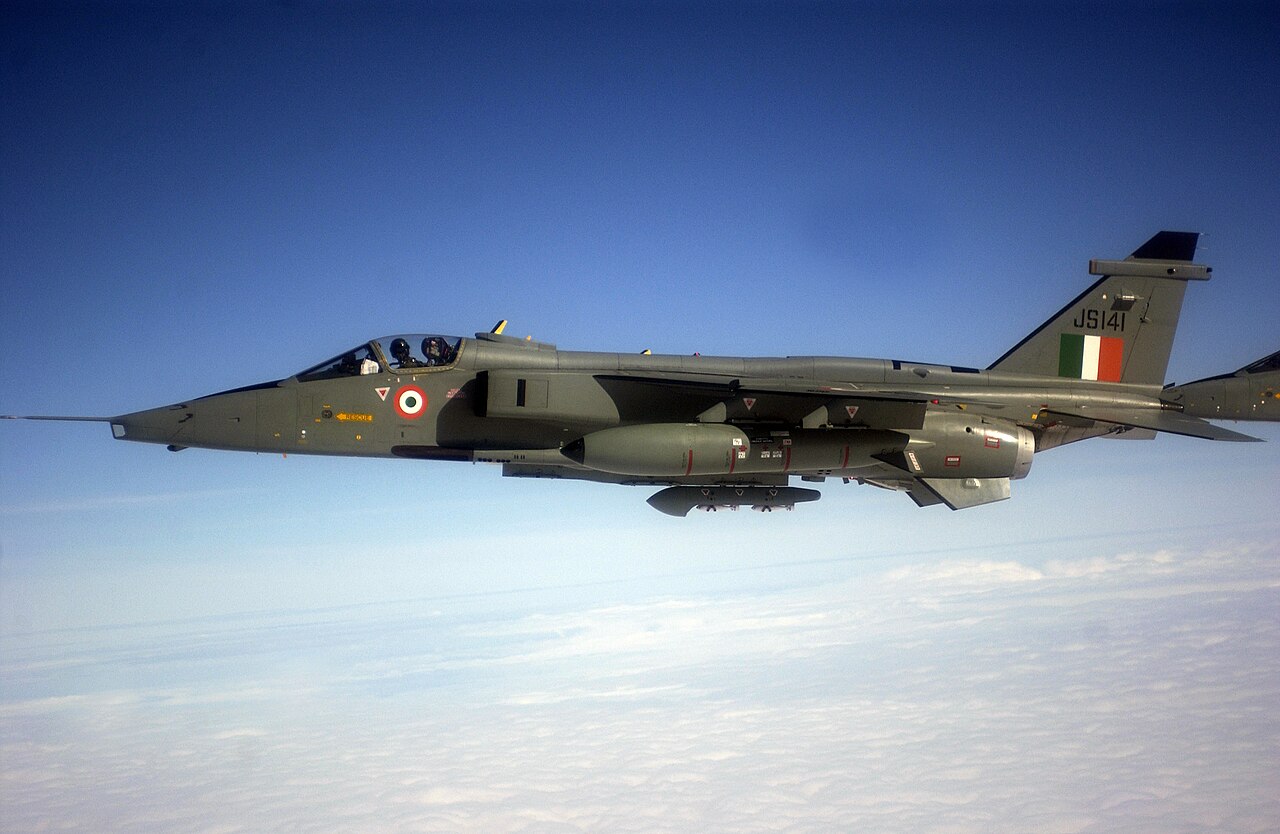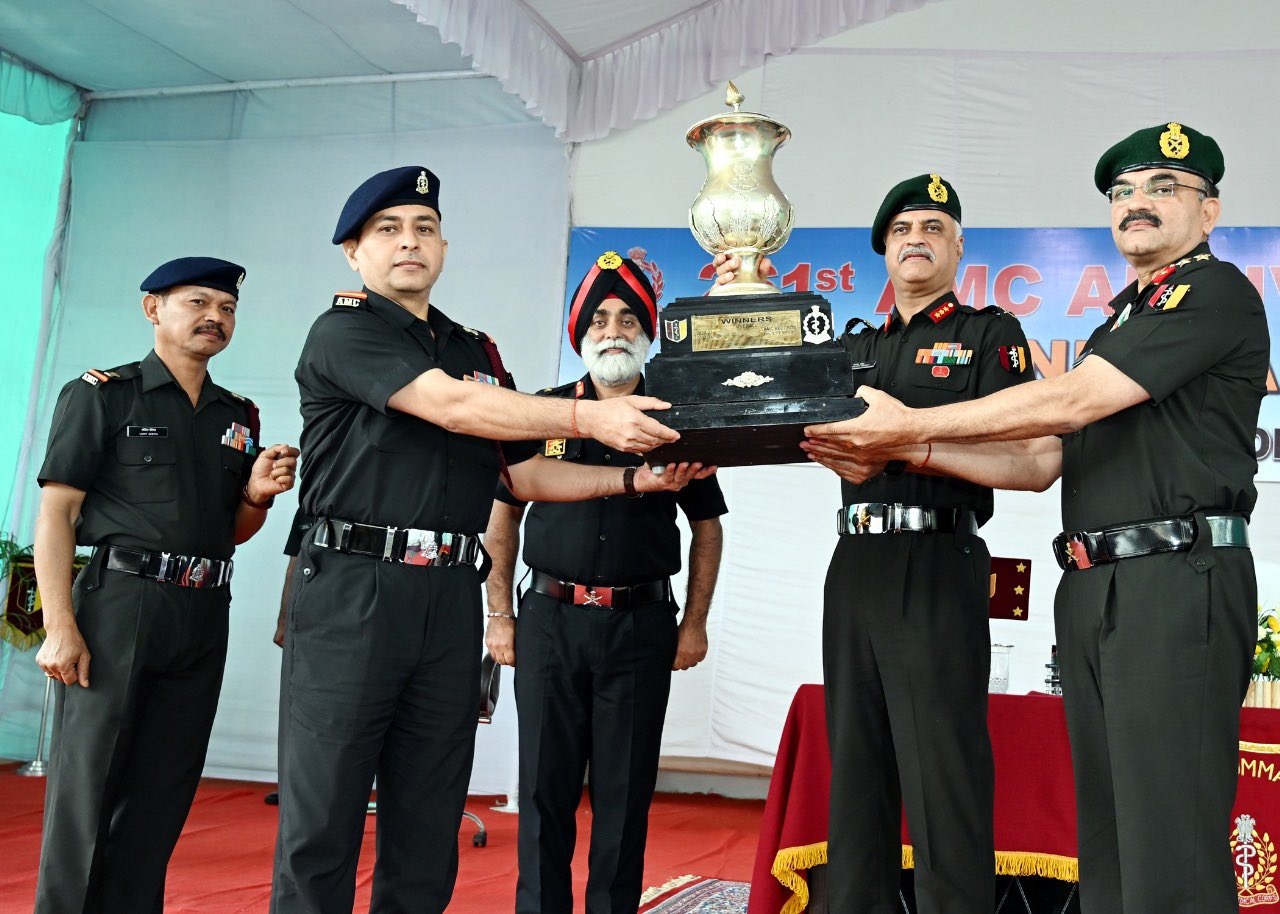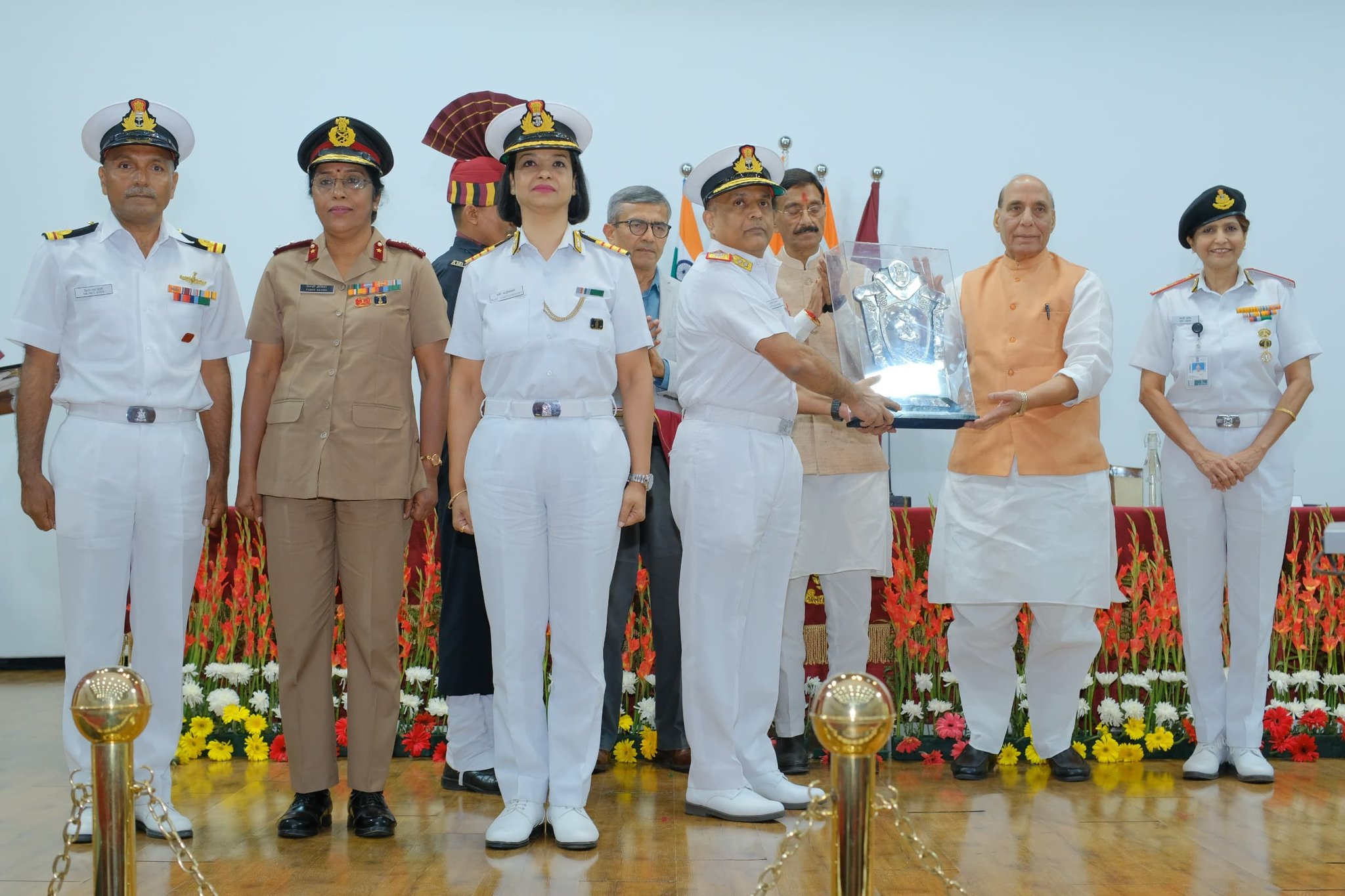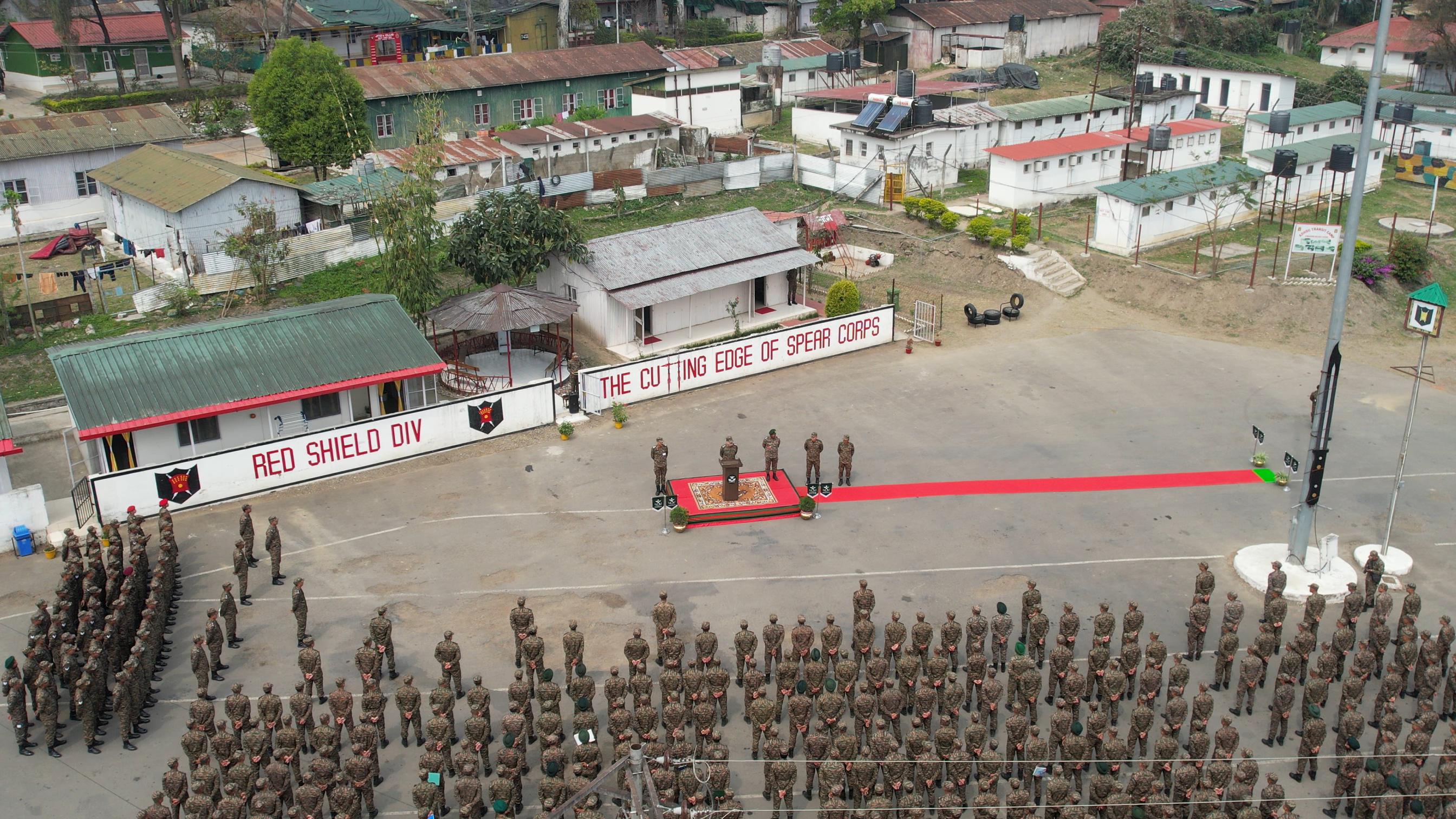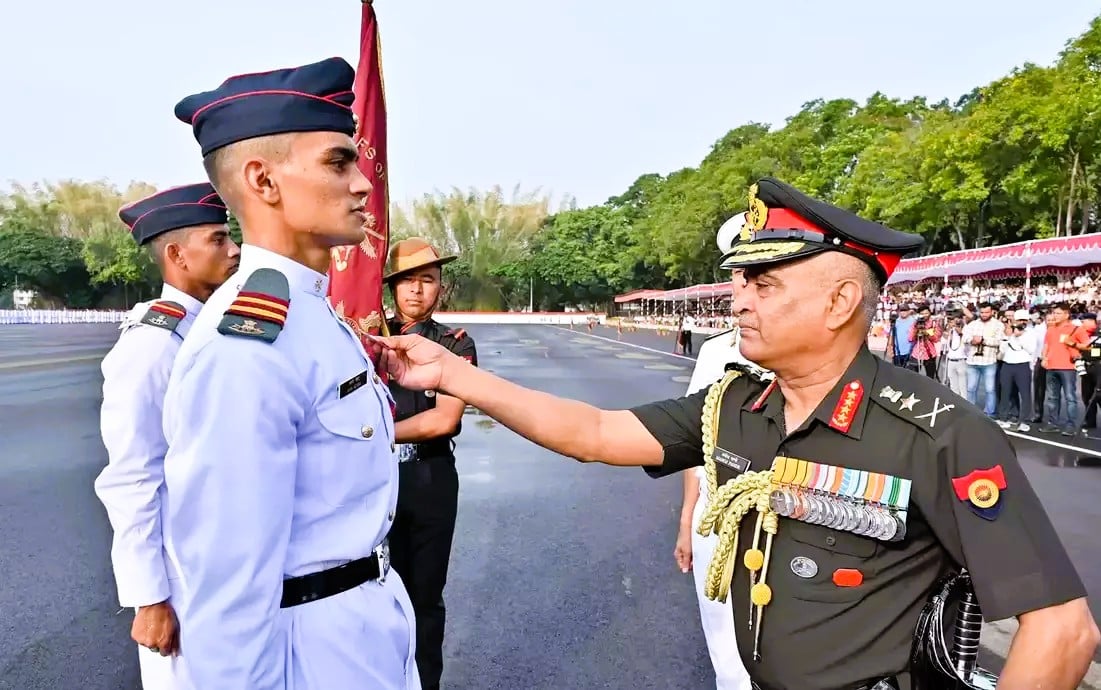The Indian Air Force (IAF) marks a significant milestone with the SEPECAT Jaguar, an Anglo-French supersonic attack aircraft that has been a cornerstone of its operational capabilities for 45 years. Known as ‘Shamsher,’ meaning Sword of Justice in Persian, this low-flying, sea-skimming fighter bomber has often been the subject of humor among military circles, with quips about its reliance on the Earth’s curvature for flight. However, its critical role in India’s nuclear strategy and various military operations cannot be underestimated.
Inducted into the IAF in 1979, the Jaguar was developed during a period of heightened defense needs post-1971. The aircraft was designed for deep penetration strike capabilities, with the ability to effectively locate and hit strategically significant targets deep within enemy territory while maintaining survivability through its twin-engine design and versatility in operating from semi-prepared airstrips. This adaptability has made the Jaguar a unique asset, especially in the face of evolving aerial threats.
While the emergence of short-range surface-to-air missiles had initially raised concerns about the relevance of low-flying tactics, the ongoing global conflicts, such as the one in Ukraine, have renewed interest in low-altitude operations. The conflict has demonstrated how aircraft can evade radar by flying low, and the Jaguar’s “lo-lo-lo” (low-low-low) combat radius of action—350 nautical miles—positions it effectively in this context.
Amidst debates about its operational significance, the Jaguar has showcased its utility in contemporary scenarios. During the 2019 Balakot strike against terrorist camps in Pakistan, IAF Jaguars served as decoys, drawing Pakistani F-16 fighters away from the Mirage jets tasked with the actual attack. This successful utilization highlights the Jaguar’s role in modern warfare as an effective asset within a combined arms approach.
The IAF currently operates around 120 Jaguars across six squadrons, each playing distinct roles within the service. Air Marshal Anil Khosla, a retired Vice Chief of the IAF and former Jaguar pilot, notes that mid-life upgrades have extended the operational life of these aircraft. Enhanced with modern electronic warfare suites, smart weapons, and advanced avionics, the Jaguar remains a cost-effective solution complementing newer fighter jets in India’s arsenal.
Significantly, the Jaguar represents a successful Indo-French collaboration, with Hindustan Aeronautics Limited (HAL) producing a substantial portion of the aircraft under a transfer-of-technology agreement. This local manufacturing capability has combined Indian innovation with legacy technology, making the Jaguar proficient in integrating indigenous weapons systems, such as the recently tested smart anti-airfield weapon (SAAW).
The future modernization plans for the Jaguar include equipping it with advanced armaments similar to those found on modern fighter jets like the F-35. The integration of MBDA’s Advance Short Range Air-To-Air Missile (ASRAAM) will enhance its combat capabilities, allowing for off-boresight engagement of a variety of aerial threats without reliance on onboard radar systems.
As the IAF reflects on the Jaguar’s enduring legacy—characterized by adaptability, resilience, and strategic significance—it sets a precedent for future acquisitions and modernization efforts, ensuring that this storied aircraft continues to play a vital role in India’s defense strategy for years to come.

